Mitigate Pain Clinic – Dr Jeshnu Tople – Pain Management Specialist In Nagpur
Thoracic Sympathetic RFA
Thoracic Sympathetic Radiofrequency Ablation Advanced Solution for Chronic Pain Relief
Understanding the Thoracic Sympathetic Nervous System
What is Radiofrequency Ablation?
Indications for Thoracic Sympathetic RFA
This procedure is particularly beneficial for patients suffering from:
- Complex Regional Pain Syndrome (CRPS): Conditions characterized by severe, persistent pain often affecting an arm or leg.
- Hyperhidrosis: Excessive sweating, particularly of the upper extremities, which has not responded to other treatments.


- Raynaud’s Phenomenon & Peripheral Artery Disease (PAD): Raynaud’s Phenomenon is a condition where the patient feels numb and cold in response to cold temperatures or stress in some areas of the body, like fingers and toes. PAD occurs when narrowed arteries reduce blood flow to the arms and legs, leading to pain, cramping, and ulcers.
- Certain Refractory Angina Cases: Chest pain due to coronary artery disease that does not respond to conventional treatments.

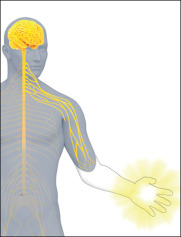
● Phantom Limb Pain: Patients who experience pain in an amputated limb may benefit from T2-T3 RFA, which disrupts abnormal nerve signaling responsible for the sensation.
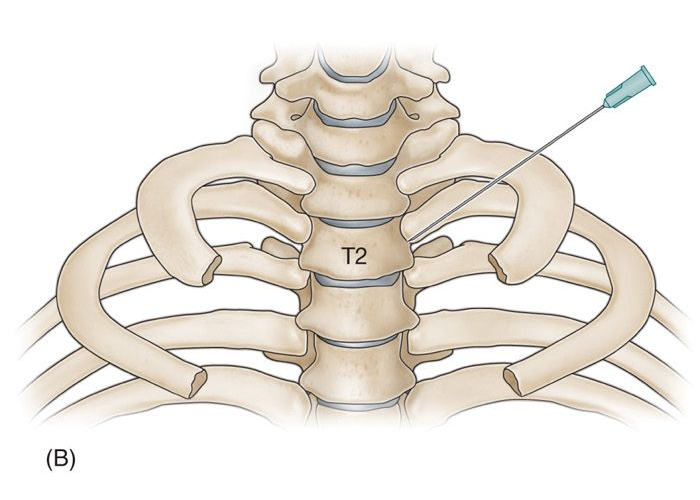

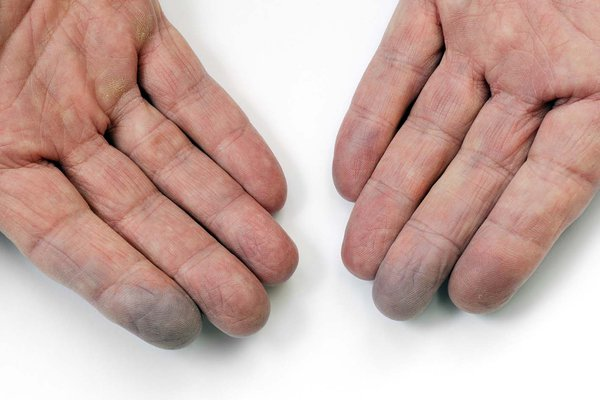

Thoracic Sympathetic RFA Procedure
At Mitigate Pain Clinic, patient safety and comfort are our top priorities. Here’s an overview of the Thoracic Sympathetic (T2-T3) RFA procedure:
1. Preparation: The patient is positioned comfortably, and the skin over the target area is sterilized. Local anesthesia is administered to numb the area.
2. Needle Insertion: Using fluoroscopic (X-ray) guidance, a specialized RFA needle is carefully advanced to the location of the T2 and T3 sympathetic ganglia.
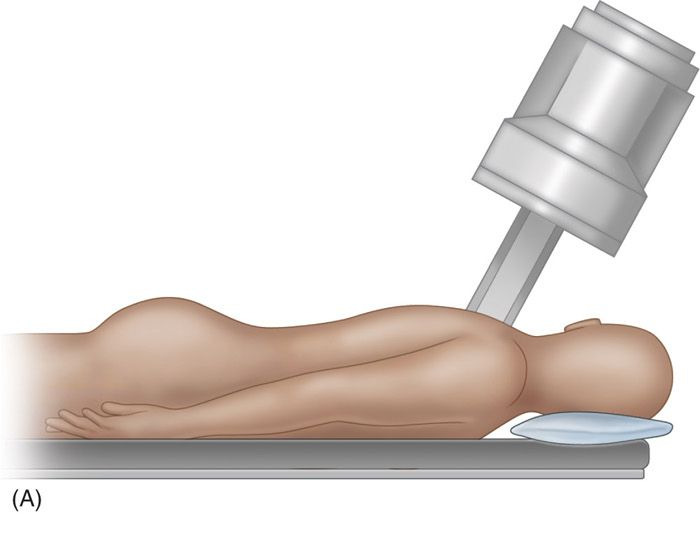
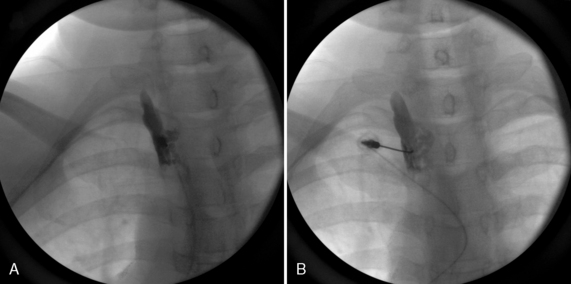
3. Confirmation: Once the needle is in place, a small test stimulation may be performed to confirm proper positioning.
4. Ablation: Radiofrequency energy is delivered through the needle to disrupt the targeted pain conducting nerves.
5. Completion: The needle is removed, and the insertion site is covered with a sterile dressing.
The entire procedure typically takes about 30 to 60 minutes, and patients can usually return home the same day.
Prerequisite for RFA – Diagnostic Intervention
Benefits of Thoracic Sympathetic (T2-T3) RFA
- Minimally Invasive requiring only needle insertion, reducing the risk of complications and promoting quicker recovery.
- Effective Pain Relief and sustained reduction in pain.
- Improved Functionality as there is enhanced mobility and quality of life.
- Reduced Medication Dependence
Potential Risks and Considerations
While Thoracic Sympathetic (T2-T3) RFA is generally safe, as with any medical procedure, there are potential risks, including:
- Temporary Discomfort
- Infection, rare
- Nerve Damage, rare
Post-Procedure Care and Recovery
Why Choose Mitigate Pain Clinic?
Conclusion
Frequently Asked Questions
Yes, alternatives include medication management, physical therapy and other interventional procedures. However, RFA is often considered when other treatments have not provided adequate relief.